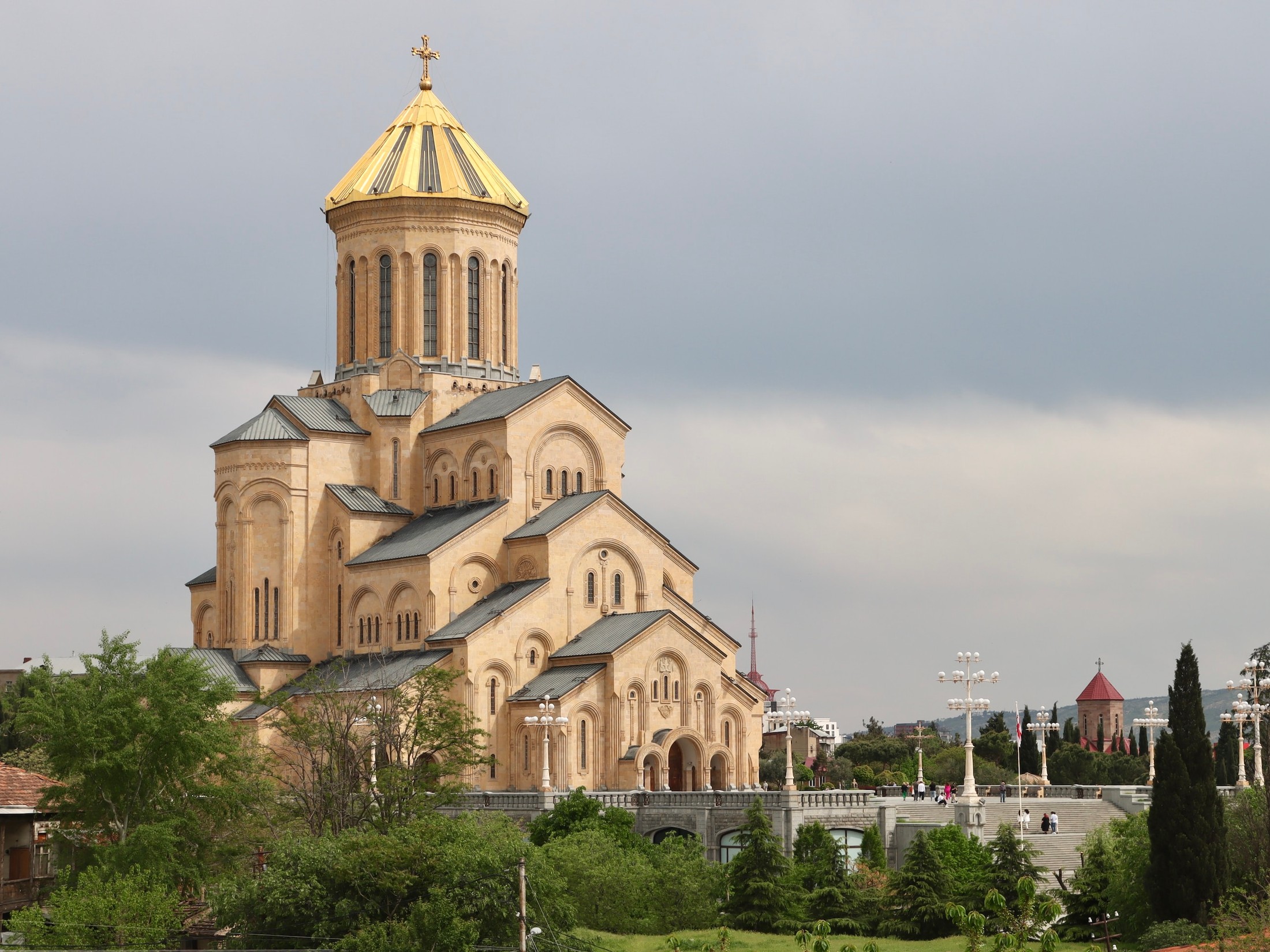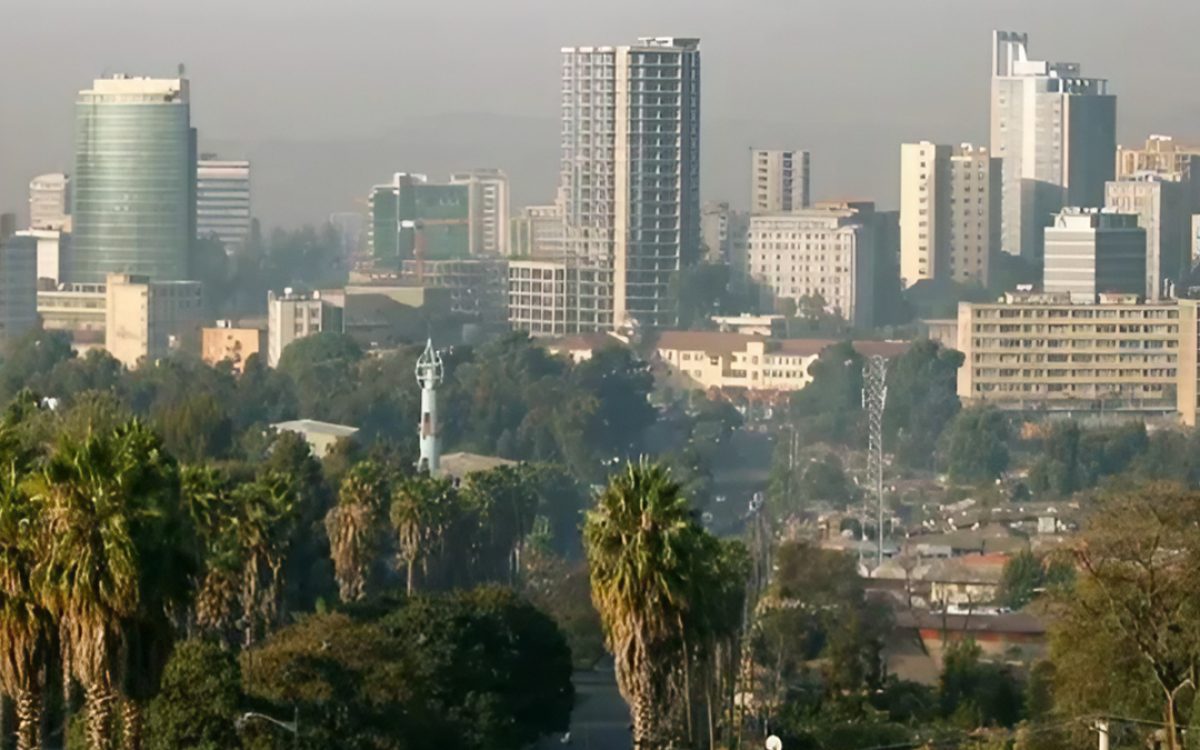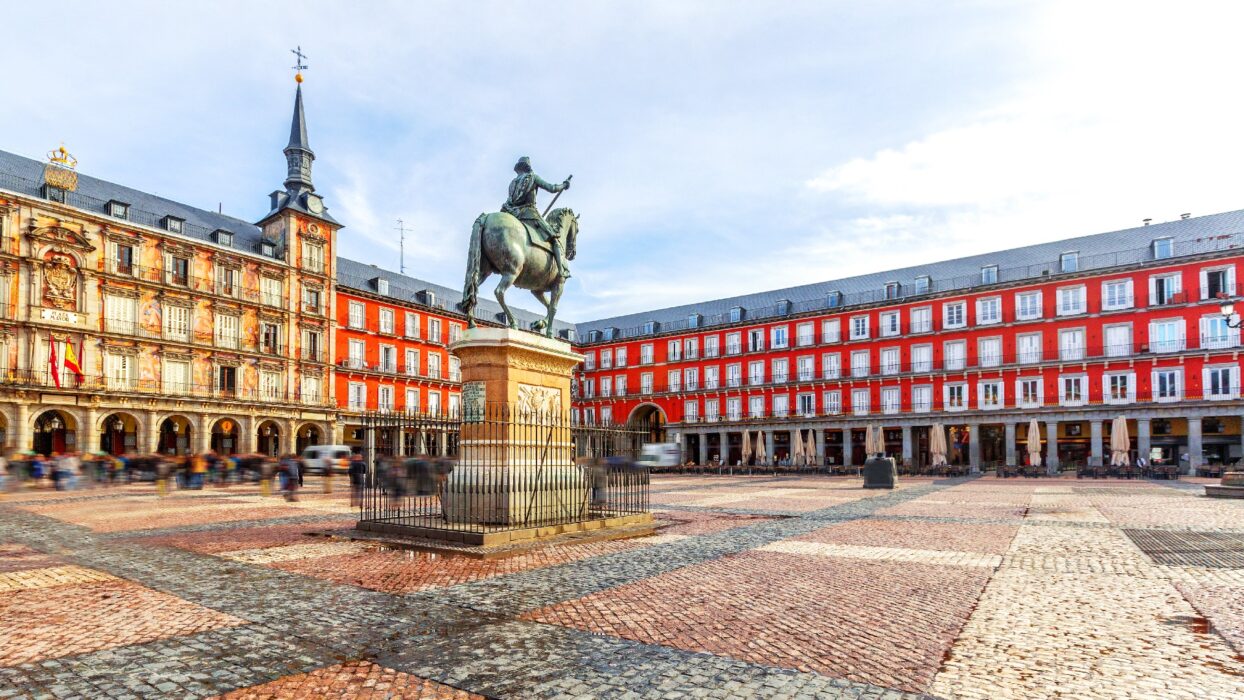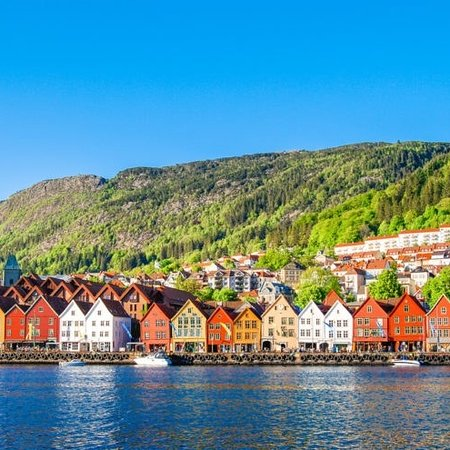Perched at over 2,400 meters above sea level on the Ethiopian plateau, Addis Ababa—Ethiopia’s capital and the beating heart of Africa—lives up to its name: “New Flower.” This dynamic city bursts with life, culture, and history, offering a vivid blend of deep-rooted African heritage and cosmopolitan energy. Its unique identity lies in the graceful balance between tradition and progress, making it one of East Africa’s most captivating urban centers.

Cultural and Architectural Identity:
With over 80 ethnic groups calling it home, Addis Ababa is a vibrant tapestry of languages, traditions, and music. This cultural richness is vividly displayed across its bustling streets, colorful markets, and vibrant religious festivals.
Architecturally, the city is a visual journey through time—where centuries-old churches and majestic imperial palaces coexist with sleek skyscrapers and modern institutions that reflect its evolving economic landscape.
1- Holy Trinity Cathedral: A spiritual and historical landmark, this grand Orthodox church houses the tombs of Ethiopia’s most revered figures, including Emperor Haile Selassie.

2- The National Palace: A regal residence steeped in imperial legacy, now serving as the President’s official home and a symbol of national pride.
3- The African Union Headquarters: A gleaming modern complex symbolizing pan-African unity, reinforcing Addis Ababa’s role as Africa’s political capital.
Top Tourist Attractions in Addis Ababa:
1- Mount Entoto:
Just 35 km from the city center, Mount Entoto rises majestically to 3,200 meters, offering breathtaking views, peaceful hiking trails, and historic treasures—including one of Ethiopia’s oldest churches and ancient waterfalls nestled in eucalyptus forests.

2- The National Museum of Ethiopia:
Located in the heart of Addis Ababa, the museum is home to a wide range of artifacts that tell the story of Ethiopia’s history from ancient times to the present. The most famous exhibit is the remains of “Lucy”, one of the oldest hominid skeletons ever discovered, dating back over 3 million years.
3- Merkato Market:
Merkato, one of Africa’s largest open-air markets, spans over 100 acres and features more than 7,000 vibrant stalls. From colorful textiles and handmade crafts to aromatic spices and authentic street food, it offers an unforgettable deep-dive into Ethiopia’s bustling trade culture.
4- Unity Park:
Located near the National Palace, Unity Park is a modern cultural hub featuring museums, gardens, and even a zoo. Despite being a recent addition, it has quickly become a favorite among locals and tourists alike for its blend of history, leisure, and innovation.
5- Ethnographic Museum:
Situated within Addis Ababa University, this unique museum showcases a large collection of cultural items and exhibits. It highlights traditional crafts, ethnic practices, and the religious customs of Ethiopia’s various peoples.

Travel Tips for Visiting Addis Ababa:
1- Best Time to Visit: Plan your trip between October and April for mild weather and clearer skies.
2- Getting Around: Use taxis or ride-hailing apps like Ride or Feres to navigate the city safely and efficiently.
3- Visa Tips: Most nationalities can apply for an e-visa online—making your entry into Ethiopia smooth and hassle-free.
Addis Ababa is more than Ethiopia’s capital—it’s the soulful heartbeat of Africa, where history whispers through ancient churches and culture bursts from every market stall. Whether you’re exploring imperial palaces, haggling in Merkato, or savoring coffee where it all began, every step in this city tells a powerful story.
At Nutrition Travels, we bring you deeper into Africa’s rich cultural fabric through expert travel tips, authentic experiences, and wellness-driven itineraries. Follow us for inspiring journeys that connect you to the continent—one destination at a time.





